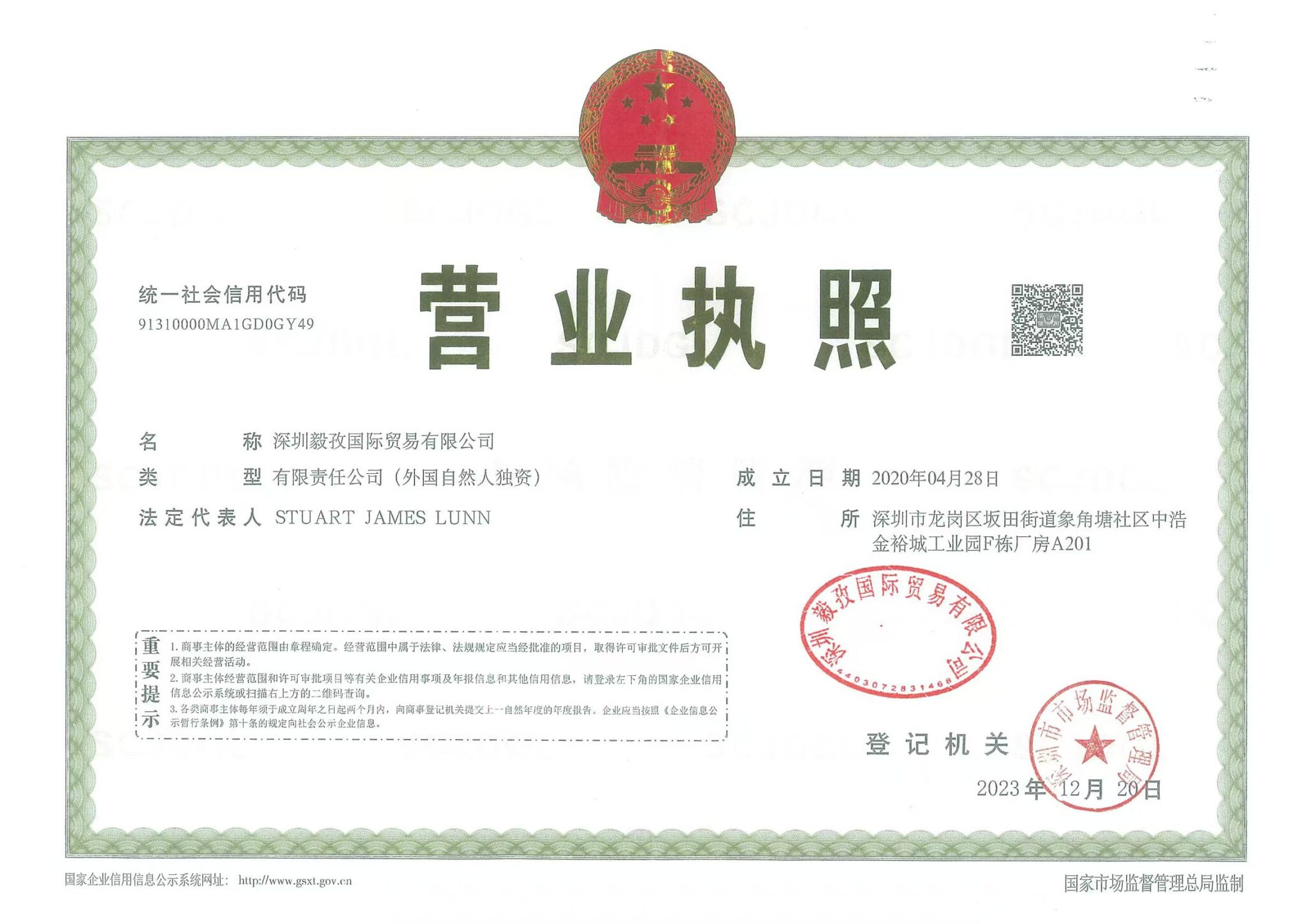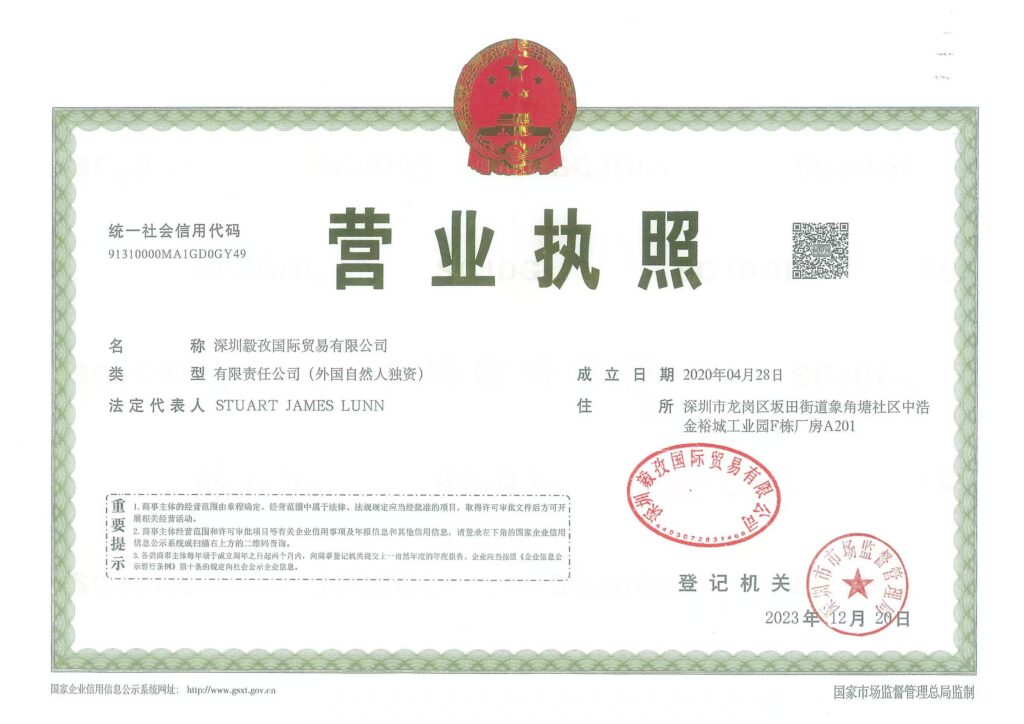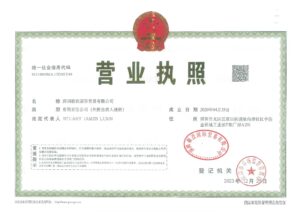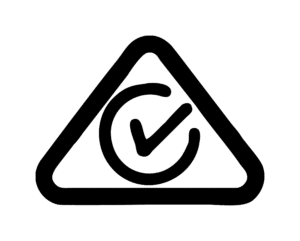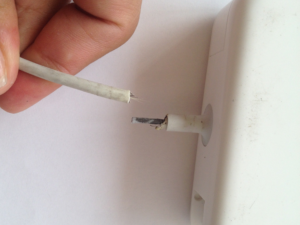Verifying a Chinese supplier is a critical step to mitigate risk and avoid fraud. Here is a comprehensive guide on how to do so, from free online checks to hiring professional services.
1. Request and Verify Business Documents
A legitimate Chinese supplier should be able to provide key business documents. The most important is the business license (营业执照 – Yíng yè zhí zhào). This document contains vital information you can use for verification.
What to Look for on the Business License:
-
Unified Social Credit Code (统一社会信用代码): A unique 18-digit number that acts as the company’s business registration number. This is the most reliable identifier.
-
Official Company Name (in Chinese): The legal name of the company, which is always in Chinese characters.
-
Legal Representative: The individual who holds legal responsibility for the company.
-
Registered Capital: The amount of capital the company has registered. A higher amount can indicate greater financial stability.
-
Date of Establishment: How long the company has been in operation.
-
Business Scope: The range of activities the company is legally permitted to perform.
How to Verify the Business License:
The most reliable way is to use the official government database, the National Enterprise Credit Information Publicity System (NECIPS).
-
Visit the NECIPS website (http://www.gsxt.gov.cn/).
-
Enter the company’s Chinese name or the 18-digit Unified Social Credit Code into the search bar.
-
Solve the captcha.
-
Cross-reference the information on the website with the business license provided by the supplier.
2. Conduct a Thorough Online Check
Beyond official databases, you can gather more information through various online methods.
-
Search Engines: Perform a Google or Bing search using the company’s name and keywords like “scam,” “fraud,” or “reviews.”
-
B2B Platforms: If you found the supplier on platforms like Alibaba or Global Sources, check their verification status, ratings, and reviews. A “Gold Supplier” badge on Alibaba, for instance, indicates the company has paid for a premium membership and undergone an identity check.
-
Company Website: Examine their website for professionalism. Red flags include a poorly designed site, low-quality images, broken links, or a lack of detailed product information.
-
Contact Information: Be wary if the supplier only provides a mobile number. A legitimate business should have a fixed-line phone number and a professional email address (e.g., sales@companyname.com, not a generic address like Gmail or QQ).
3. Ask for References and Samples
-
Request Customer References: Ask the supplier for references from past or current clients, especially those in your country or industry. Contact these references directly to confirm their experience.
-
Order a Sample: Before placing a large order, request a product sample. This allows you to check the product quality and verify that the supplier can produce what they claim.
4. Look for Additional Certifications
Some legitimate suppliers may have additional certifications that demonstrate their capabilities.
-
Quality Management Certifications: ISO 9001 is a well-known standard for quality management systems.
-
Export Licenses: A supplier involved in international trade should have a valid export license.
-
Factory Audits: A supplier may be able to provide recent factory audit reports from third-party companies.
5. Be Aware of Red Flags
Vigilance is key. Be on the lookout for these common warning signs of a potential scam:
-
“Too-Good-to-Be-True” Prices: If a price is significantly lower than the market average, it’s a major red flag.
-
Requests for Unusual Payment Methods: Be cautious of suppliers who insist on cash, cryptocurrency, or wire transfers to a personal bank account. Legitimate companies will use standard, traceable payment methods like bank transfers to a corporate account.
-
Sudden Bank Account Changes: If the supplier changes their bank account information, especially after you’ve already made a partial payment, this could be a sign of fraud.
-
No Physical Address or Factory Photos: A supplier who is a legitimate manufacturer should be able to provide clear photos or videos of their factory and production line.
-
Vague or Unprofessional Communication: Poor grammar, inconsistent responses, or a reluctance to answer specific questions about their business are all warning signs.
6. Consider Hiring a Third-Party Verification Service
If you’re unsure about the verification process or dealing with a large order, hiring a professional third-party service is a smart investment. These companies have on-the-ground teams in China who can:
-
Perform comprehensive background checks.
-
Conduct physical factory audits.
-
Verify all business documents and certifications.
-
Check for legal or litigation history.
-
Provide a detailed report on the supplier’s legitimacy and capabilities.

